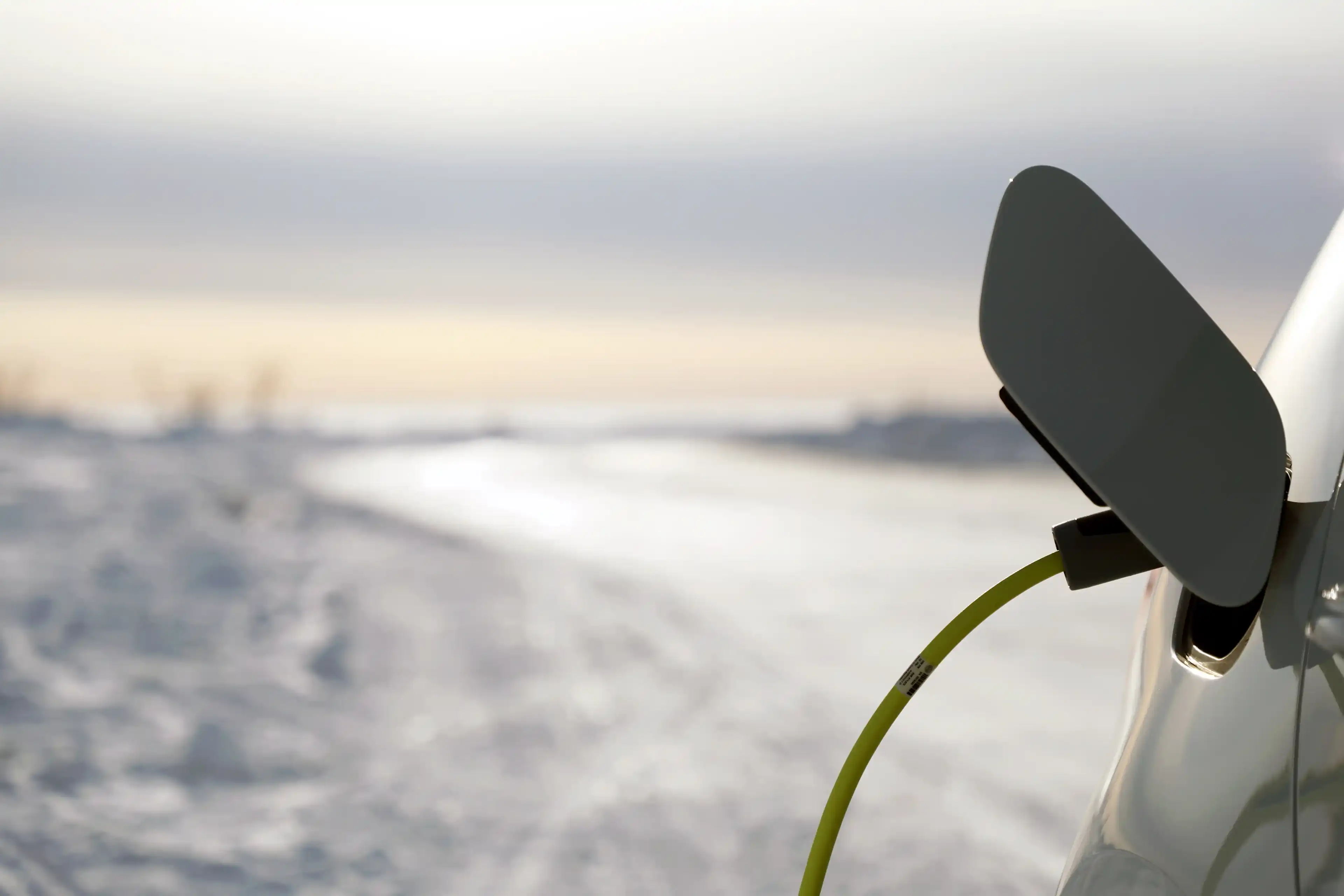Kjell Ivar Tungland
published in
Share
Tips for getting the most out of the electric car's battery in winter
Both electric cars and petrol and diesel cars use more energy in the winter. Here are some tips if you want to get the most out of the electric car’s battery in the cold.
When winter comes, the electric car uses more electricity to keep the passenger compartment warm, and this decreases the car’s range. The driving conditions in winter are also more demanding than in summer.
The range is shorter in winter for several reasons:
First and foremost, the battery is greatly affected by cold. A cold battery lasts less because it can struggle to get the energy out compared to the summer time.
Roads with as little rolling resistance as possible are better for battery capacity. In winter, there can be both ice, snow and slush on the roads, and this requires more energy than in summer.
Electricity is used to heat up the car, which is rarely done in the summer.
If you drive fast, you use more electricity than if you drive slower - even if the distance is the same. This applies to both summer and winter.
Although the battery capacity of electric cars is particularly vulnerable in winter, all types of cars use more energy at this time of year: Petrol cars use more petrol, and electric cars use more electricity.
How make the best use of the electric car’s capacity in the cold:
Park in the warmest possible place
Time your charging so the car is fully charged just before you want to set off. You will then start with a battery which has a better operating temperature (the optimum temperature is 20 degrees).
The heater is a drain on your range. Turn down the temperature in the passenger compartment, use heated seats and a heated steering wheel.
Put the car in “Eco” mode. Then all functions will get “lazier”, including the heater.
Put more air into the tyres to roll more easily.
Drive gently and avoid sudden acceleration and braking. Regenerate as much as possible (when the car uses engine braking and recovers this energy for the battery).
Keep an eye on the consumption display and learn how to use as little energy as possible.
Use cruise control if possible, and always keep to the speed limit.
The electric car is also drained while it is parked. For example, Tesla has said that 1% battery consumption per day is considered normal.
Fast charging in winter
When you fast-charge an electric car, the car and the fast charger talk to each other. When it is cold, the car and the charger agree to charge more slowly, so the battery is not damaged. The reason for this is that the cell voltage may be higher when it is cold and you draw the same effect as when it is warm. So the charging effect is automatically reduced in the cold.
How to get the best results from fast charging in the winter:
You get the highest effect when the car is warm and has not much left in the battery.
Don’t fast-charge an electric car after it has been parked without charging overnight or for a longer period of time.
Charging will be more efficient after driving a few kilometres, or after charging at a normal charger.
Do not charge beyond 70 per cent on a fast charger if you can reach the next charger within the range this provides. The fuller the battery is, the slower it will fill up.
